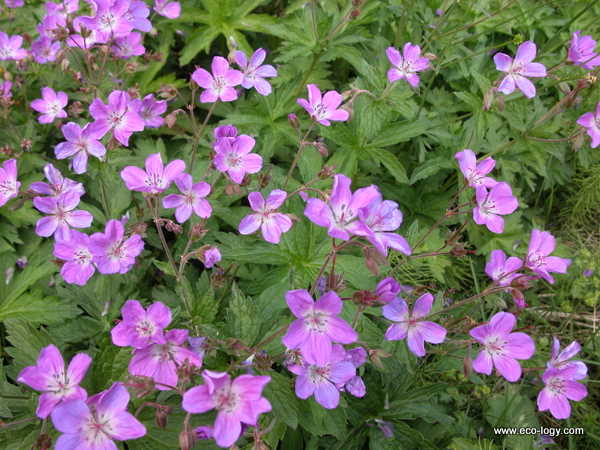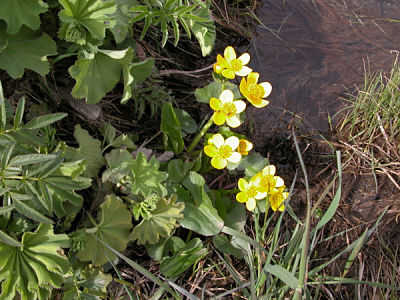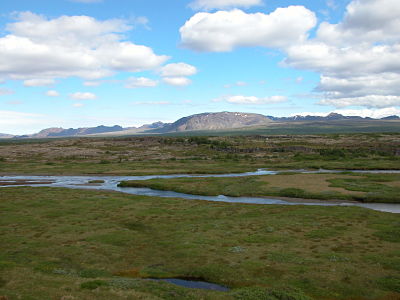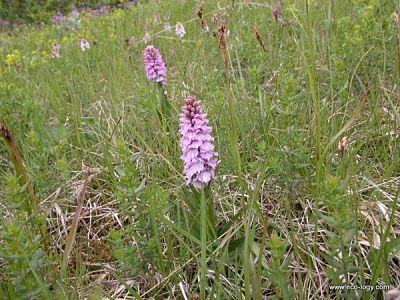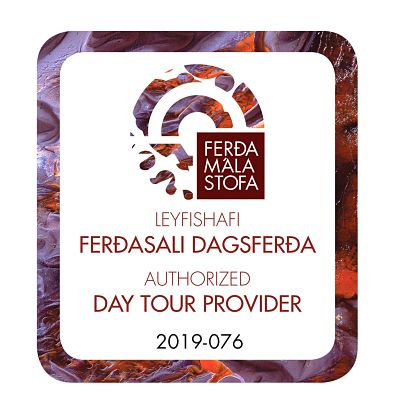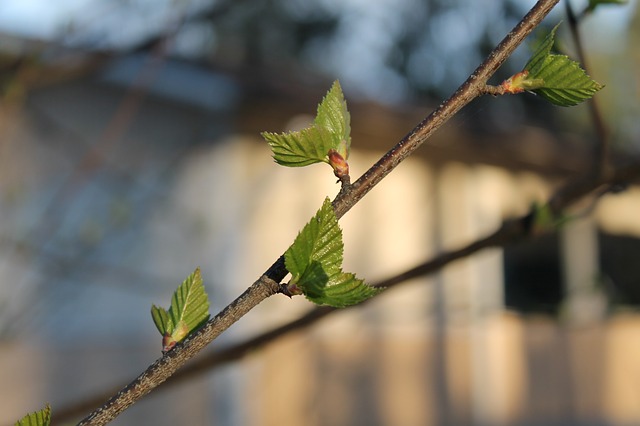What’s for dinner? - Seaweeds?
The use of edible seaweeds is known all over the world, while seaweeds are traditionally included in the diet of coastal people of the Pacific and North Atlantic. Edible species are valuable food and medicinal plants. Commercial agar (vegetable gelatin) is used as a jellying agent allover the world.
Some of the edible and commonly consumed seaweeds are found on the coast of Iceland, these are Bladderlock (Alaria esculenta), Purple Laver (Porphyra umbilicalis) and Dulse (Palmaria palmata). However, only Dulse has traditionally been consumed here in Iceland and in neighbouring Ireland. In Ireland, Irish Moss (Chondrus crispus), is also used for culinary purposes.
Dulse was an important part of the diet of Icelanders for centuries. Nowadays, Dulse is still utilized and is increasingly being marketed as a food product in Iceland, while export of this product is still very limited. Dulse is a species of red algae found attached to rocks in the intertidal zone along North Atlantic coastline. This red alga grows and is harvested during the spring and summer months. Dulse is delicious and a rich source of complex carbohydrates and proteins, low in fats, while containing important minerals and vitamins.
Seaweeds, especially species of the red algae are common food plants in Asia. The Japanese commonly consume seaweed. They use Kelp (Porphyra spp.) as nori for wrapping sushi and Giant Kelp (Laminaria japonica) as kombu for broths, stocks and fish-wrapping. The Japanese are well acquainted with seaweeds and use carefully chosen species for exquisite dishes.
Fáðu nýjustu fréttir og tilboð frá Þund!
Get updates and special offers from Thund!
